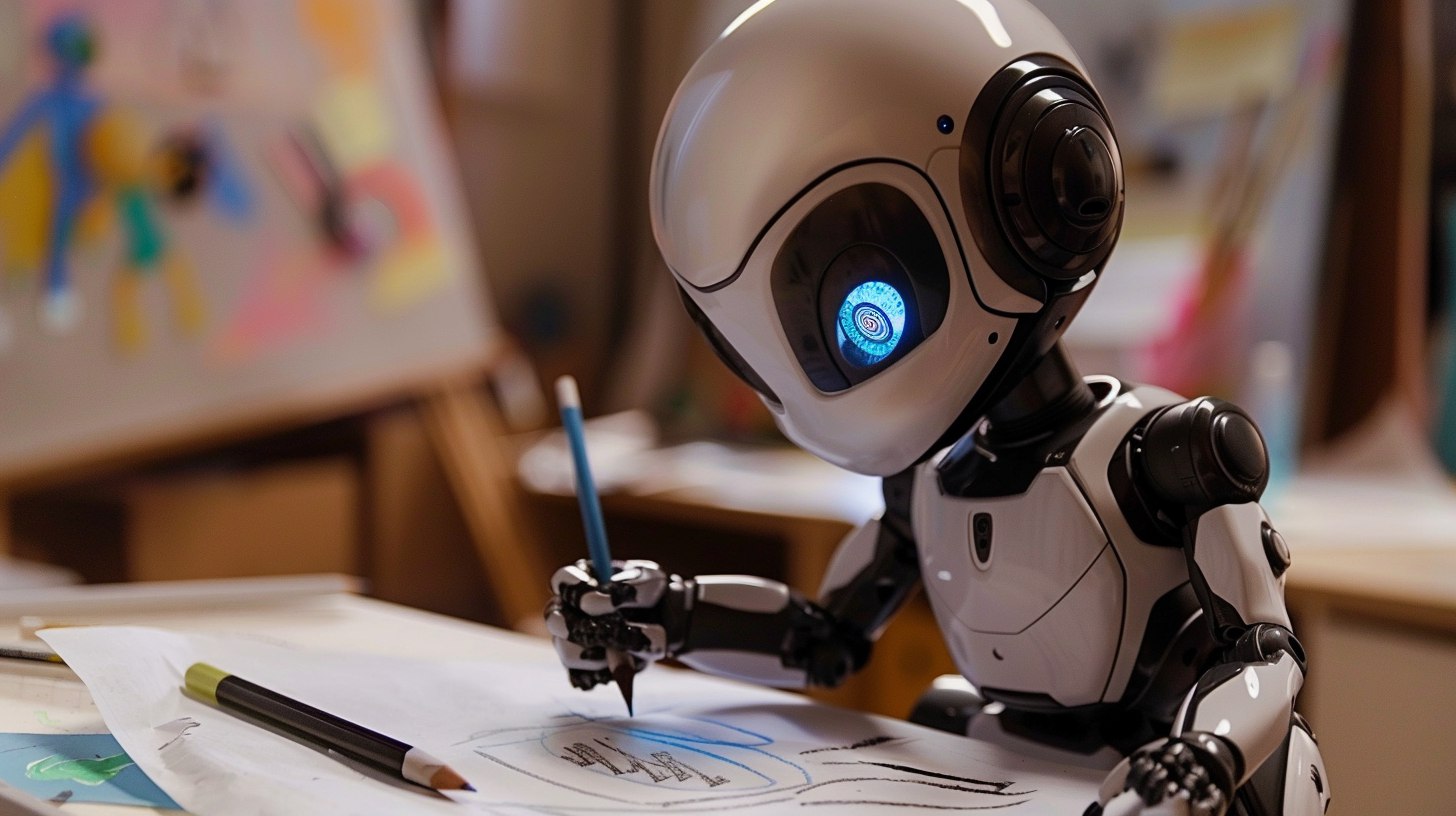
AI programs are used in many areas. Neural networks compare X-ray images to simplify the detection of similar disease symptoms in different patients for doctors. They analyze large volumes of data and make financial forecasts. They write texts and test software code. And they also create authentic AI art.
If the dream of learning to draw has not come true, one can ask AI, and the neural network will create exactly what the user wants. From primitive sketches in the style of a child’s drawing to real paintings. Let’s figure out how to do this.
Capabilities of ChatGPT for Generating Images
Generating images in ChatGPT, as an AI language model, is impossible. This bot can visualize charts, process large data arrays, write software codes, convert text into tables. But it doesn’t know how to draw. ChatGPT only recognizes images. It can be tasked with composing a description based on a photograph. For example, for a dish for a blog on social networks or for a restaurant’s website menu.
However, it’s still possible to use Chat GPT for generating images with Dall-E 3, also developed by OpenAI for text conversion. It works like this: the user writes a text request, Chat GPT processes it according to its instructions, and Dall-E 3 generates the graphic, art, or photo on the monitor. The advantage is that Dall-E 3 “understands” Russian (unlike GPT, which performs better with English queries) and natural speech.
For instance, it interprets the request “draw me an abstract picture with a green raccoon” or a set of keywords “raccoon, abstraction, green” equally accurately. If the AI’s creativity does not satisfy, one can ask for revisions by adding details they want to see. That is, to work with this tool, one does not need to learn prompting or study syntax, as with Midjourney, for example.
Access to Dall-E 3 is available if:
- you pay for a pro account in Chat GPT4 – accessible through the bot’s interface, the subscription costs 20 dollars, authorization in the service through a VPN;
- on the Bing Image Creator page (also with VPN) after registering a Microsoft profile or authorizing – this is free.
In the second case, you just need to enter a description and click the “Create” button or, if interested, ask to be surprised. To give the neural network complete freedom of action.
Both versions produce 1-4 arts per request. The number depends on the formulation. If the AI thinks the user wants to generate something unethical, the neural network will refuse to perform the task.
In the free version, accelerations are given, which can be applied no more than 25 times a day. After that, task processing will slow down. But this can be resolved by registering several accounts or logging out and in the profile. Just remember to save successful arts before logging out (there’s an option for that), otherwise, they will be automatically deleted.
What Can You Draw in Chat GPT?
Anything that does not fall under the definition of offensive, shocking, or content that calls for, demonstrates violence. Using ChatGPT to generate photos of celebrities is also not allowed. Such restrictions were imposed by OpenAI for safety reasons. To prevent the appearance of posts on social networks with a realistic photo of the Pope in a Balenciaga down jacket or Donald Trump in handcuffs.
OpenAI also respects copyright, so the neural network will refuse to draw brand logos, game characters. It is also specified in the technical documentation that AI will not reproduce paintings in the style of artists who have created in the last 100 years.
Otherwise, one can generate through chat gpt an image of:
- memes – add a caption to a ready-made meme photo or create their own (the AI has a good sense of humor);
- graphic arts, posters, volumetric fonts;
- comics – will turn out no worse than professional artists;
- illustrations for posts, articles on websites;
- advertising – AI will add a sticker to a shampoo bottle and come up with a slogan (in English);
- creative photos – like a concert in a supermarket, retro photographs.
The neural network does not skip words because the language model translates from human to machine in such a way that it becomes “clearer” what is required from the image generator.
How to Write Prompts for Pictures
First about the definition of a prompt. In essence, it is a text command. The more detailed, the more accurately the algorithm will complete the task. GPT-4 shows the user how the rewritten text will look. Sometimes one word can turn into a paragraph. This might be convenient for other tasks, but in the case of drawing, the detailing might lead away from the original idea. So, one can ask the algorithm to create a concise prompt or not modify the user version at all.
In Bing Image Creator (the version of the language model used is unknown), it’s impossible to influence the interaction of algorithms. It remains important to think carefully about the words of the prompt.
To get a good picture in the description, first mention the central object, then add adjectives, effects, and what you want to achieve. The neural network was trained on huge databases, and the more input information, the better it will cope.
Thus, language models can’t draw, but they can pass data to algorithms that generate images. Together, this is a powerful tool that can be used for both entertainment and work.

